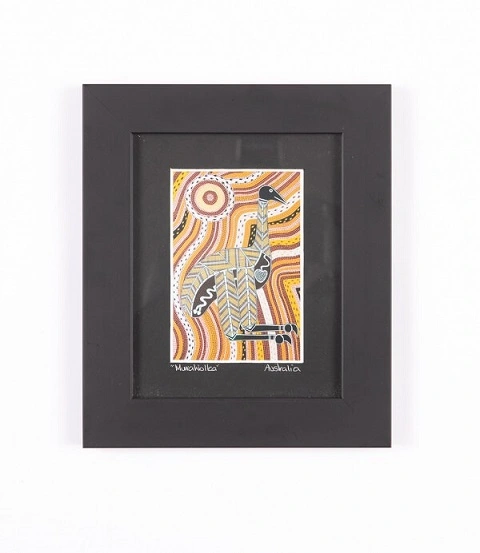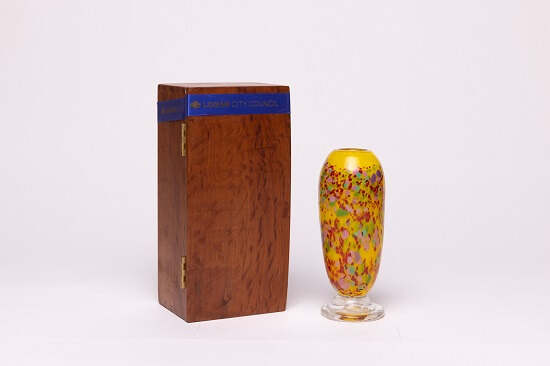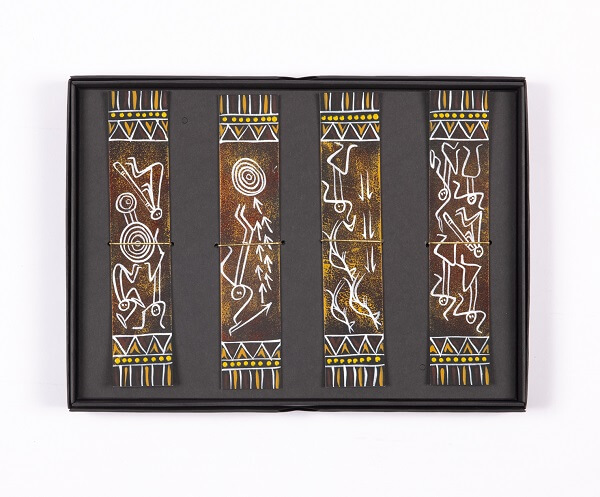

Gifts of Sustainability—Writing a New Chapter for the Well-being of Our Planet
Among Taoyuan City’s collection of diplomatic gifts runs a shared thread of sustainability and enduring friendship between cities.
Curator / Mably Weng
Updated at 2025-10-14
Opening Sustainability Narrative Through Gifting
When a gift becomes more than a gesture of ceremony and transforms into a vessel of sustainable values, friendship between cities takes on deeper meaning—becoming a shared commitment to safeguard our common home, the Earth. Gifts that embody both a spirit of sustainability and local culture serve to foster international bonds, promote low-carbon living, nurture ecological harmony, and create cultural resonance. These offerings demonstrate not only the design ingenuity and local pride of international exchange, but also a broader vision of lasting partnership and shared well-being among cities worldwide.
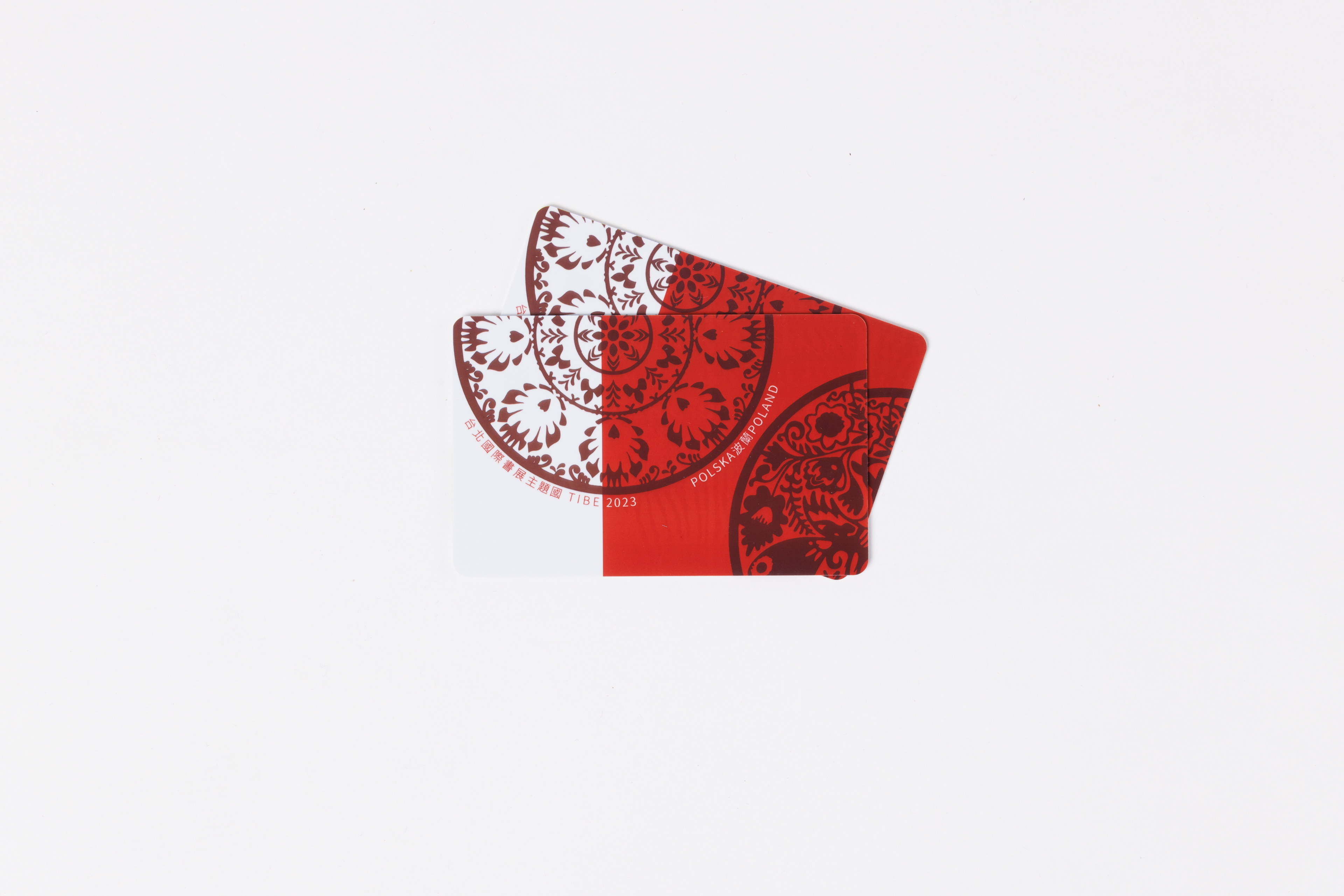
Taipei International Book Exhibition Limited-Edition EasyCard
Not merely a transit card—it is a symbol of culture woven together with environmental consciousness. Designed with Poland’s signature red and adorned with centuries-old traditional Polish ceramic floral motifs, it celebrates Eastern Europe’s artistry and cultural depth.
The limited-edition EasyCard embodies the principles of the United Nations’ SDG 12: Responsible Consumption and Production. By replacing disposable paper tickets with a reusable smart transit pass, it reduces paper waste, printing resources, and carbon emissions. Through the integration of digital tools with cultural design, it encourages eco-friendly habits while reflecting the global shift toward paper reduction and green design. Its limited release curbs overproduction, while also enhancing its cultural and collectible value. More than an admission ticket, it conveys the ideals of a circular economy and cultural sustainability, embodying respect for natural resources and responsible consumption in the practice of city diplomacy.
As a smart green transport medium, the EasyCard further promotes public transit, reduces dependence on private vehicles, and helps mitigate urban carbon emissions and air pollution. It echoes the goals of SDG 11: Sustainable Cities and Communities, which emphasizes resilient transport systems and low-carbon infrastructure. In doing so, it supports sustainable connectivity between cities and suburbs while advancing social inclusion. In this, the gift resonates with Taoyuan’s commitment to smart transport, low-carbon living, and green urban systems—an exchange of friendship expressed through sustainability.
The charming, crimson card with its Polish ceramic motifs slips easily into everyday life, linking city and suburb, nation and community—an emblem of cultural diversity and the spirit of inclusive exchange.
Gifted by Cyryl Jacek Kozaczewski, Representative, Polish Office in Taipei
<Read More “Taipei International Book Exhibition Limited-Edition EasyCard”>

Taiwan Railways EMU900 Train Commemorative Wine
This gift is more than a collectible model; it is inspired by the Taiwan Railways EMU900 series commuter train, celebrated as “the most beautiful local train.” Its streamlined modern design and distinctive headlights—often described as a cheerful smile—have endeared it to many. Comprising ten cars, the EMU900 replaces older models, expanding capacity to meet growing urban-rural commute demand during peak hours while running on electric power, simultaneously reducing emissions and curbing air pollution. The introduction of the EMU900 marks greater convenience for commuters in northern Taiwan’s metropolitan corridor, while also advancing the long-term strategy of expanding rail and public transport as a key path toward net-zero emissions. It aligns with SDG 9: Industry, Innovation and Infrastructure, and SDG 13: Climate Action, embodying the move toward low-carbon transit in response to global climate challenges.
The train’s manufacturer, Hyundai Rotem, is headquartered in Uiwang City, Gyeonggi Province, premier railway city in Korea, also home to Korail Railroad Museum. With over 30 exhibits ranging from steam locomotives and freight cars to presidential trains, the museum preserves the history of rail while advancing cultural and educational outreach. Rail transport itself bridges the divide between urban and rural areas, and the museum not only safeguards cultural memory but also anchors future development, echoing SDG 11’s call for inclusive national and regional planning, and fostering a strong sense of community identity.
In Taoyuan, the Taoyuan Railway Pavilion highlights the city’s vision for railway undergrounding and metro development, serving as a space for education, tourism, and civic engagement. Complementing this is Taiwan’s only high-speed rail exhibition center, the Taiwan High Speed Rail Museum, featuring 19 themed galleries on construction, operations, maintenance, and cultural preservation. Through interactive technologies and guided learning, it integrates history with transport education, enriching both residents’ and international visitors’ cultural experiences of mobility.
Together, these initiatives shine as examples of sustainable engagement in transportation technology, cultural memory, and public participation. They embody what might be called the diplomacy of railways: forging bonds of friendship through trains.
Gifted by Daewon Park, Managing Director, Hyundai Rotem Company, Taiwan Branch
<Read More “Taiwan Railways EMU900 Train Commemorative Wine”>
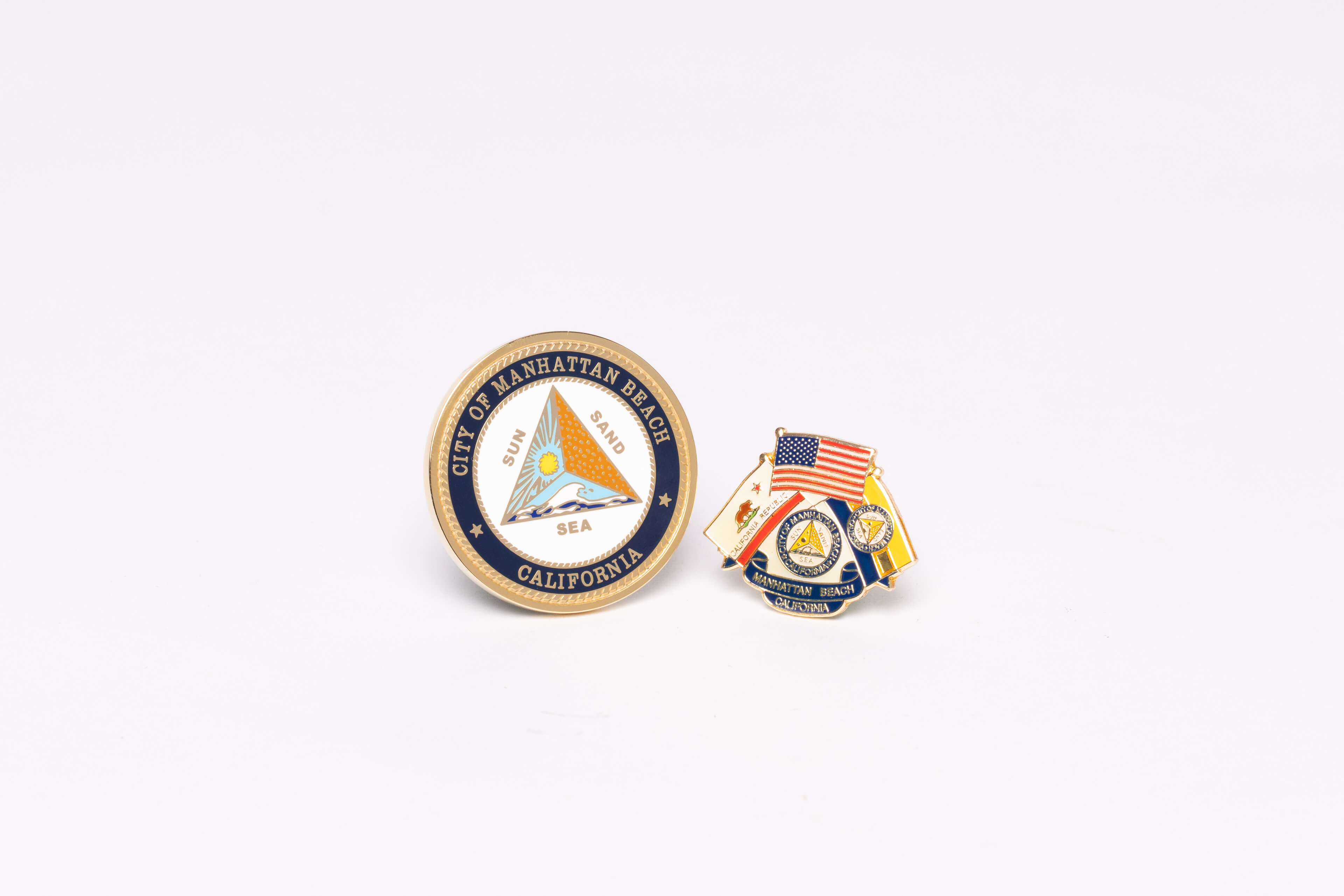
Manhattan Beach Emblem Badge
This city emblem draws inspiration from the natural setting and character of Manhattan Beach, a coastal city in Los Angeles, California. Its design features the sun, sand, and ocean waves—symbols of the community’s deep respect for its landscape and natural resources. The triangular composition presents radiant sunshine, golden beaches, and the blue expanse of the sea, capturing the city’s long-standing philosophy of sustainability and leisure.
With its extensive bike paths, pristine public beaches, and abundant outdoor spaces, Manhattan Beach stands as a model of green urban living. Its mission, “to build a healthy, sustainable, and resilient city,” reflects the core of SDG 11: Sustainable Cities and Communities. For years, the city has shown leadership in climate action and marine conservation through initiatives such as the Clean Power Alliance, green building standards, zero-waste programs, dune restoration, and marine protection efforts. Each step underscores the city’s dedication to safeguarding ocean resources in alignment with SDG 14: Life Below Water and SDG 11. The city’s Roundhouse Aquarium is another testament to this commitment, fostering environmental education and ocean literacy, particularly among children, to deepen awareness of marine biodiversity.
A small triangular badge thus carries the spirit of an entire coastal city. More than a symbol of Manhattan Beach’s local identity, it embodies a sustainable vision that resonates with Taoyuan City, serving as a bridge of exchange on climate action, community resilience, ocean stewardship, and civic participation.
Gifted by David Lesser, Mayor, City of Manhattan Beach
<Read More “Manhattan Beach Emblem Badge”>
.JPG)
Kobe Cowhide Jewelry Box
This elegant jewelry box is crafted from “discarded” cowhide—transforming leftover material into an emblem of Kobe City’s commitment to resource circulation, craftsmanship, and sustainability. Beyond its refined form, it speaks to environmental responsibility and social value, offering a vision of how cities can embrace innovation while honoring tradition.
Local associations in Kobe promote the philosophy of mottainai—“waste not, want not”—as part of an ethical food culture. Here, the cowhide leftover from Wagyu beef production is given new life, a gesture of gratitude for food and respect for life and nature. This approach raises the value of local resources while shaping a circular economy brand. Aligned with SDG 12: Responsible Consumption and Production, the practice transforms surplus leather into a design material, reducing waste and promoting sustainable craft. Kobe’s short supply chain and high reuse rates also help reduce transport-related carbon emissions. At the same time, supporting traditional handcrafts through this transformation fosters employment and economic growth, in line with SDG 8: Decent Work and Economic Growth. The result is a gift that highlights both environmental responsibility and artisanal heritage, embodying the dual values of industrial renewal and sustainable development.
Through this gift that unites ecological awareness with craftsmanship, we glimpse the city’s dedication to sustainable living, circular economies, and inclusive societies. It speaks of resource renewal and social good, deepening city-to-city connections built on the principles of exchange, respect, and sustainability.
Gifted by Bo Yasunaga, Chairperson, Kobe City Assembly
<Read More “Kobe Cowhide Jewelry Box”>
These handcrafted shell-woven bags are made by women of the Marshall Islands, combining natural coconut fiber, pandanus leaves, and locally gathered shells. They reflect the island’s oceanic wisdom, its traditions of women’s craftsmanship, and its commitment to both gender equity and marine ecology.
Drawing on natural resources from the shores of the Marshall Islands, these materials embody a philosophy of “using what is at hand, wasting nothing,” while also reflecting the islanders’ long-standing symbiosis with the sea. Each shell and plant fiber is stitched together by hand, thread by thread, as Marshallese women transform the ocean’s gifts into daily necessities and works of craft. The process expresses reverence and gratitude for the sea, while also putting into practice the spirit of SDG 14: Life Below Water—conserving and sustainably using marine resources. By reimagining natural materials as cultural vessels, these works invite us to reconsider the value of ocean resources and humanity’s bond with nature. They are a testament to the island community’s sense of responsibility to the shared destiny of the seas, embodying both care for and sustainable use of marine treasures.
More than expressions of craftsmanship, these works embody Marshallese women’s interpretation and transmission of ocean culture, while serving as vital bridges for women’s economic independence and social participation. The Marshall Islands is a matrilineal society in which women play key roles in land inheritance and cultural transmission. Yet even within this system, women face challenges in economic participation, decision-making, and international exchange. Craft production and sales thus provide an important path to empowerment, resonating with SDG 5: Gender Equality. Passed down through generations, weaving carries not only technical skill but also women’s observations of life and personal emotion. This cultural practice and economic model emphasize women’s agency in the economic sphere, their active participation in community and cultural life, and the recognition and strengthening of their contributions. One can imagine how each woven piece—born of women listening to their inner inspiration, guided by creativity and crafted with patience—is utterly unique.
These meticulously made bags tell stories of vitality and resilience. They carry not only the everyday memories of a Pacific maritime civilization, but also embody the profound connection between gender equality and ocean sustainability. Through the act of weaving and gifting, island women transform daily wisdom and cultural skill into offerings of international exchange, providing the world with a living model of how SDG goals can be practiced in everyday life.
From left to right:
1. Gifted by Anjanette Kattil, Deputy Chief of Mission, Embassy of the Republic of the Marshall Islands
2. Gifted by Clanson Peter, Mayor, Atoll of Aur
3. Among their most iconic patterns is the six-pointed star, radiating like a sea star—one of the classic motifs of Marshallese weaving. (Gifted by Anjanette Kattil, Ambassador, Embassy of the Republic of the Marshall Islands)
.JPG)
Wooden Puzzle Map of Belize
This intricately carved wooden map presents the geography of Belize, emphasizing harmony and coexistence among its diverse peoples. Designed as a puzzle, it invites participants to assemble the nation piece by piece, learning the country’s boundaries while awakening curiosity about its rivers, forests, and natural landscapes. At once a work of fine craftsmanship and a tool of education, it blends geography with ecological awareness, embodying the principles of SDG 4: Quality Education. By turning learning into play, the puzzle deepens understanding of Belize’s natural environment and national structure, advancing global citizenship and sustainability education.
Belize, located in Central America, is a nation of vibrant cultural diversity shaped by its long history and multiethnic heritage, from the legacy of the Maya civilization to British colonial influence, African traditions, and Indigenous communities. The population includes Mestizo, Creole, Maya, Garifuna, Mennonite, and other groups, each maintaining its own language, traditions, and social identity. This mosaic of communities creates a distinctive cultural landscape and reflects the country’s enduring commitment to multicultural inclusion and social equity. The puzzle itself becomes a metaphor for this respect for cultural coexistence and social justice, showing how diversity strengthens cross-cultural understanding and preserves unique heritages. In this way, it resonates with SDG 10: Reduced Inequalities and SDG 16: Peace, Justice, and Strong Institutions.
Gifted by Eric Chang, Representative, Overseas Compatriots
<Read More “Wooden Puzzle Map of Belize”>
.JPG)
PARTNERSHIP WITH THE PEOPLE
Among the gifts presented is also the Key to Orange Walk Town, Belize, bearing the motto “PARTNERSHIP WITH THE PEOPLE.” This phrase embodies the city’s values of inclusiveness and community-based governance. In a society as diverse as Orange Walk Town—shaped by multiple ethnic groups and cultural traditions—mutual trust and cooperation across public and private sectors, cultures, and communities provide the foundation for building a sustainable society. Such partnerships reflect the vision of SDG 17: Partnerships for the Goals, which calls for cross-sector collaboration and broad civic participation in pursuit of sustainability.
Gifted by Ladrick Sheppard, Mayor, Orange Walk Town
<Read More “Key to Orange Walk Town”>
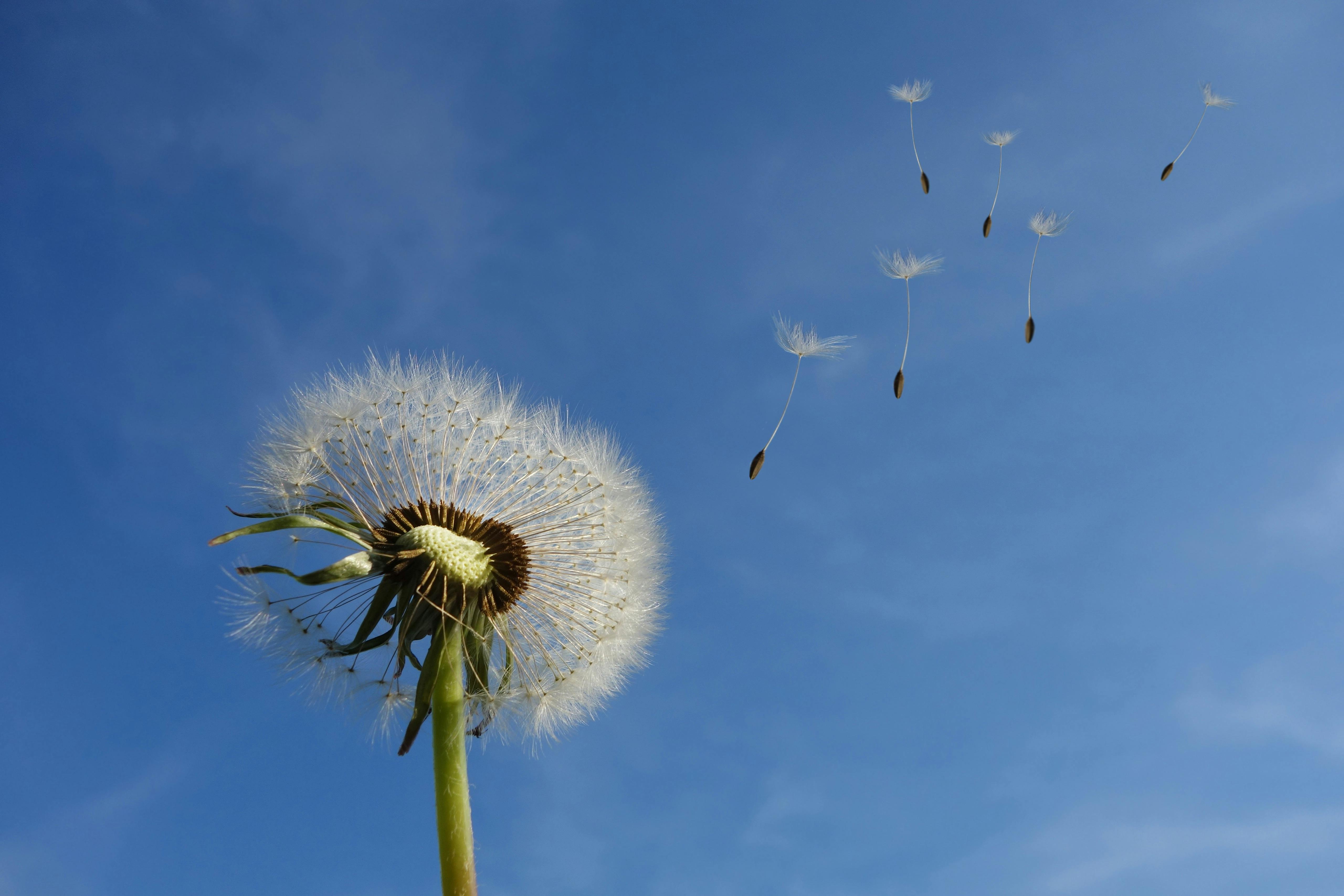
Prologue to a Shared Future
Each gift of sustainability is more than a token of international exchange—it distills the values of a city. Through thoughtful design and materials that speak to shared humanity, these gifts carry not only blessings of friendship but also visions of sustainable futures. They convey a collective belief in building a society that honors both people and planet.
Let these gifts serve as a prologue—an opening chapter for deeper cooperation with international city partners—as we work hand in hand to create a future where friendship endures and communities thrive together.
Related

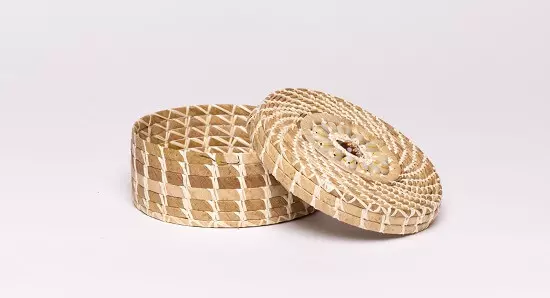
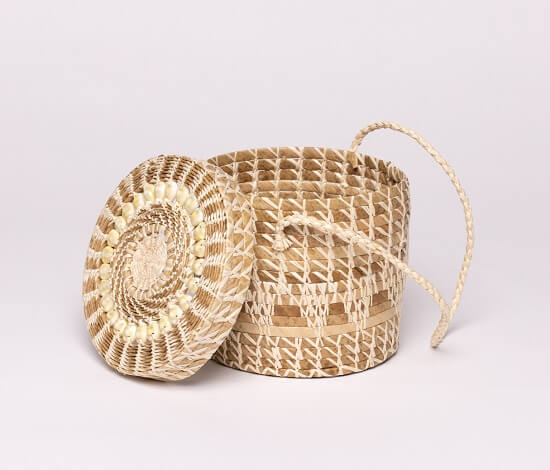
.JPG)
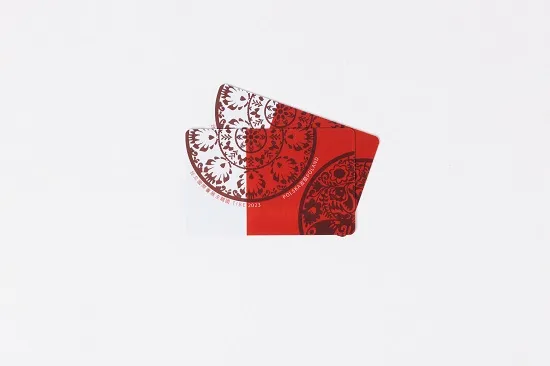
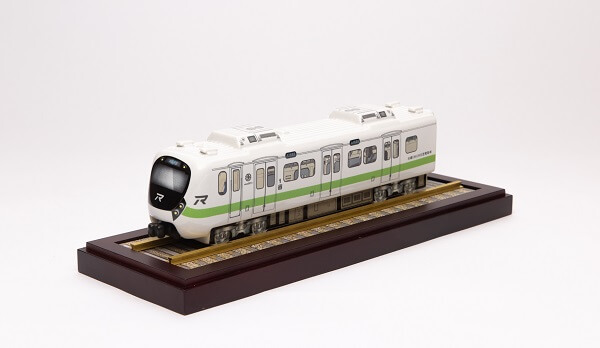

.JPG)
.JPG)
.JPG)
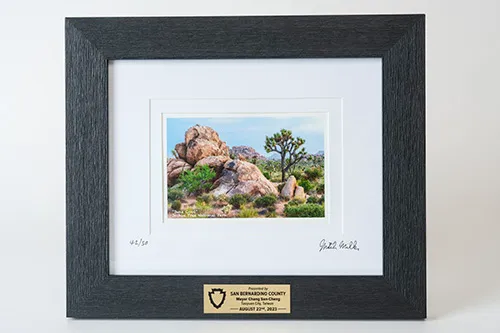
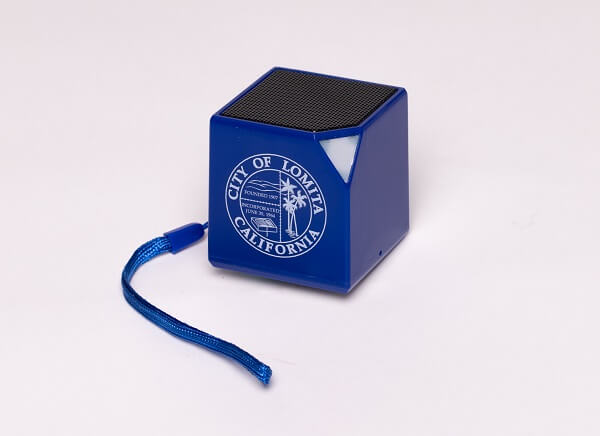
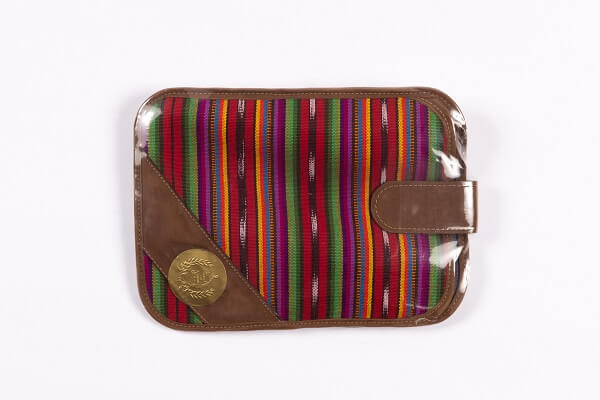
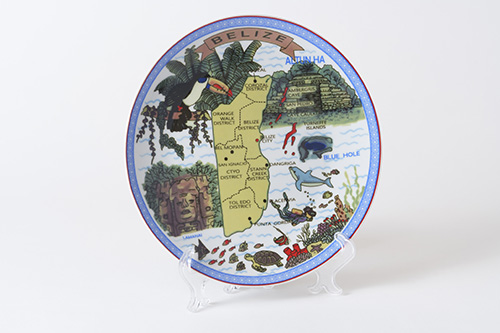
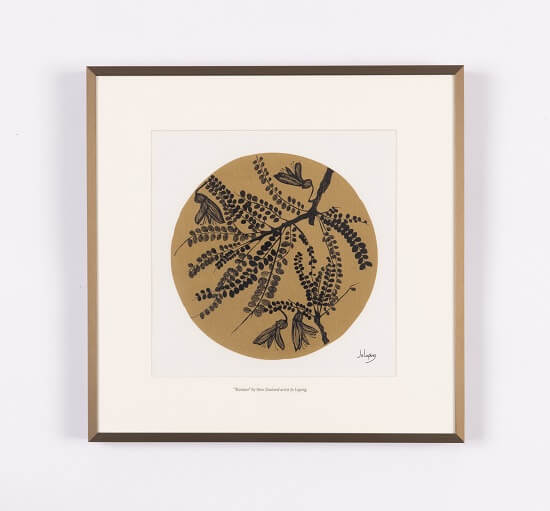
.jpg)
.jpg)
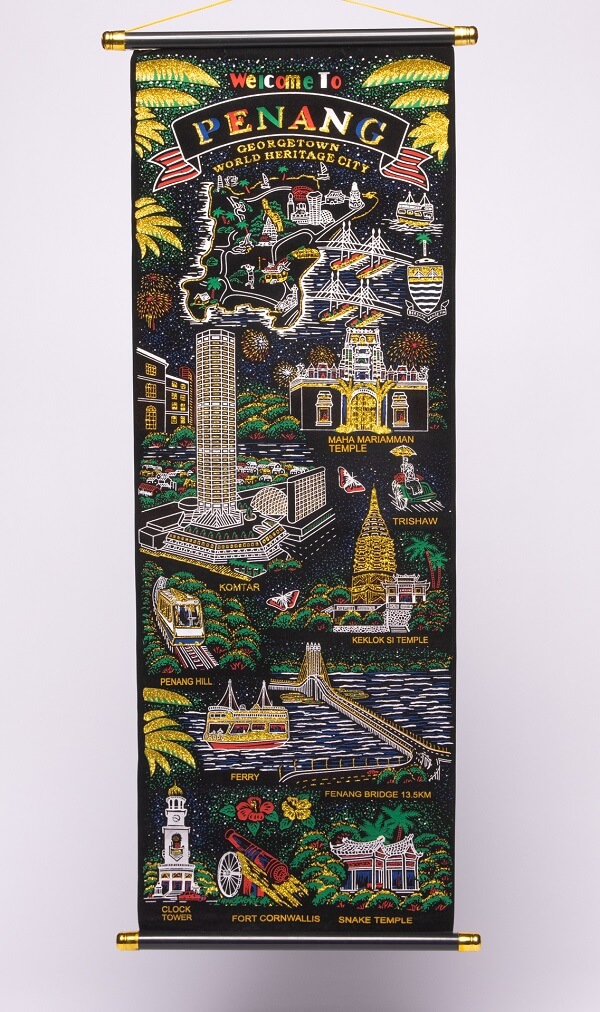
.webp)
